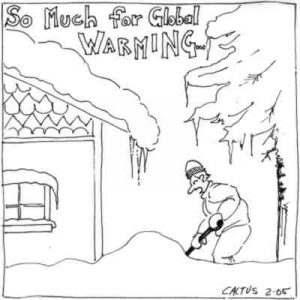Letter from Paul Martz
Geology – February 2005 – Colorado Central Magazine
Editors:
The Boxing Day tsunami which resulted from an offshore earthquake is not something we in Central Colorado would ordinarily have to worry about. However, there is an earthquake related type of event that can occur in our lakes and reservoirs.
The gravity induced danger that results from a nearby quake generating falling rocks, landslides, and avalanches is readily apparent. What might not be so obvious is that in small basins, ranging in size from a bathtub to marine harbors, earthquake generated seiche waves can cause significant damage. This is particularly true in small, deep, steep-sided, mountain lakes.
These events are generated by the outward traveling shock wave pushing the water in the basin to one side. This initial event may not even be noticeable on a windy day. However as the water “sloshes” back and forth it has a periodicity that can result in signficantly higher and more dangerous wave fronts.
These stacked events are called seiches and are created when a series of waves pile up on each other and the energy of each wave is added to the others. The time period for such an event following a quake’s arrival is usually only a few minutes; however, this varies with the basin and may occur up to an hour after initiation.
Should someone be near a body of water and experience a quake strong enough to be felt, it would probably be a good idea to stay away from the waters edge for at least an hour just to give things an opportunity to settle down a bit. And, the next time you find your bathroom floor covered with water and your kids saying “we didn’t do anything” you might think of the mess in terms of a small scale physics experiment instead of just something else to clean up.
Paul Martz
Consulting Geologist
Poncha Springs


